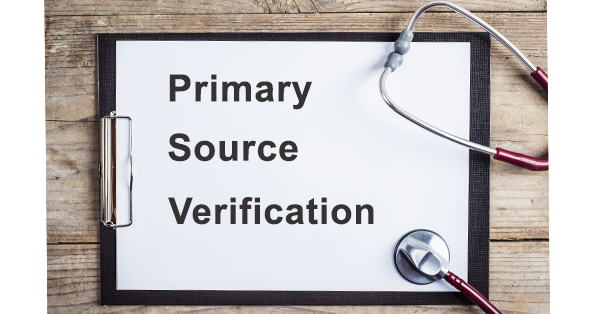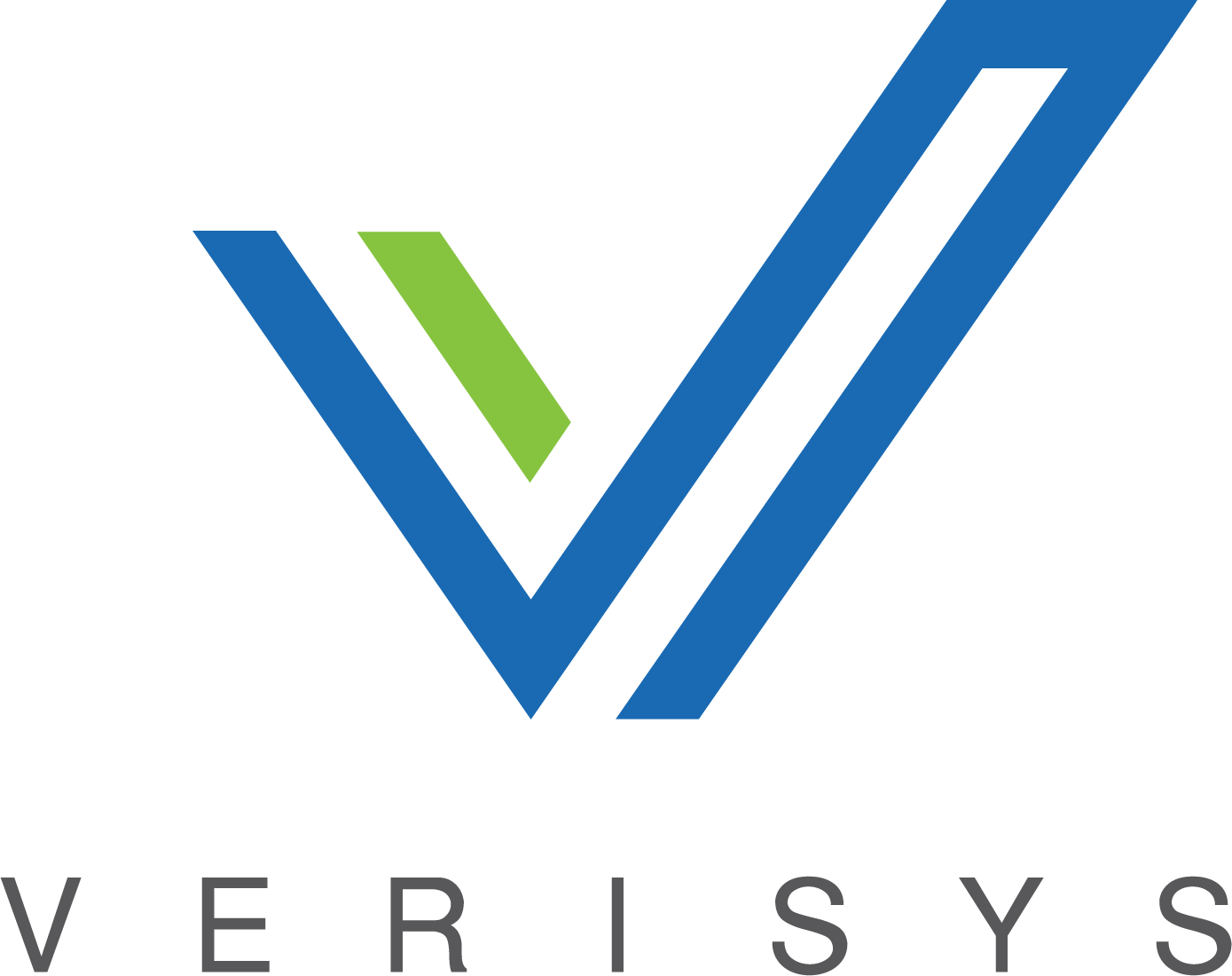– The best resource for monthly healthcare regulatory compliance updates. Compliance Updates: April 2024 Overlook: Licensure Compacts Other Legislation Board Updates Interstate Medical...


When verifying a provider’s credentials, it’s important to adhere to healthcare industry best practices. Failure to check a provider’s qualifications against the primary source can cause healthcare organizations to compromise patient safety and compliance. During COVID-19, while many regulations and restrictions are temporarily loosened, and many hospitals are short staffed, thorough credential checks may seem like a burden. However, these more lenient standards mean that primary source verifications are more important than ever.
Deficiency of Proper Credentialing Can Negatively Impact Patient Care
Due to the COVID-19 pandemic and its increased demands on the healthcare system, some regulations were suspended. For example, providers were temporarily allowed to practice in another state as telehealth or traveling providers as long as they were licensed in their state of origin. This transformed care across all points of service. Recognizing that looser restrictions can lead to increased errors, Medicare officials are scrutinizing physicians more closely to monitor providers whose credentials are invalid, expired, or sanctioned. When physicians practice at multiple sites, the burden on credentialing staff increases, making errors more likely.
Errors can also increase when there is a failure to:
Defining Primary Source Verification and What It Includes:
According to the Joint Commission, primary source verification is required for “confirming that an individual possesses a valid license, certification or registration to practice a profession when required by law or regulation. It is the responsibility of the accredited organization to complete PSV, not the licensed individual.”
In order to perform primary source verification, an organization must confirm the qualifications of a provider by contacting either the source that issued the document or an approved agent of that source. This can be done through electronic verification, documented telephone verification, direct correspondence, or reports from credentials verification organizations (CVOs).
A healthcare organization can obtain verification from one of the following types of primary sources:
How CVOs Can Help
CVOs, or credentials verification organizations, are a Joint Commission-approved method of primary source verification. Not only do they meet federal requirements for credentialing, they also help healthcare organizations streamline the credentialing process.
Verisys, the leading provider of healthcare credentialing services, provides continuous monitoring of databases and primary source data nationwide. With Verisys, you can screen, verify, and monitor your providers in real time so you can hire providers with confidence. Verisys’ comprehensive database and in-depth screening process can help you comply with CMS requirements, payer regulations, all federally funded healthcare programs, and keep your patients safe while maintaining a high standard of care.
 |
Written by Verisys Verisys transforms provider data, workforce data, and relationship management. Healthcare, life science, and background screening organizations rely on our comprehensive solutions to discover their true potential. Visit verisys.com to learn how we turn problems into power.
|